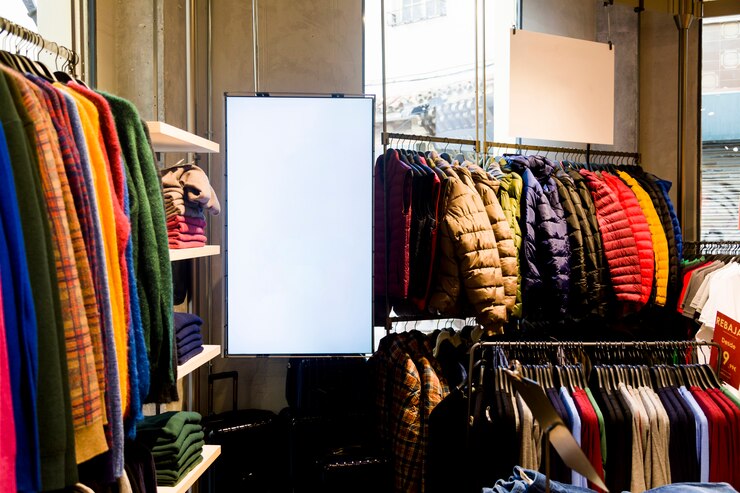Visually appealing windows have gained much popularity in retailers and restaurant management markets. Businesses invest in engaging window displays to attract people and increase sales.
According to research, window displays can impact purchase decisions up to 24% of the time. Moreover, the appropriate design can entice consumers to pause and enter the business.
These displays can also showcase new items, highlight promotions, boost brand image, and set the business apart from rivals.
With increased competition from online and the COVID-19 epidemic, storefronts are more vital than ever.
However, to make these more effective for your business, you must have a clear vision for their target individuals.
Therefore, we have created a guide to help you understand the importance of interactive window displays and how to choose the right one for your retail store.
What are the Benefits of Interactive Window Displays?
Window displays can significantly increase foot traffic and brand recognition for your business. They help you draw people and promote the brand.
According to research, window displays impact people’s decisions to enter a shop, resulting in increased foot traffic. Moreover, they act as a platform for showcasing the brand and aesthetic, engaging the community and neighborhood.
Window displays can preview a store’s interior, potentially tempting consumers with appealing products, new arrivals, limited-edition items, and seasonal gifts.
You can also use interactive window displays to promote special deals or bargains, coordinating in-store advertising with internet promotions to maximize the impact of displays.
Another advantage of window displays is that they help you stand out from the competitors.
A shop may separate itself from the competition and attract more consumers by putting effort into its window decorations.
How to Choose the Perfect Window Display for Your Retail Store?
Given below are some tips and factors that can help you select the perfect interactive window display for your store—
Know What Your Customers Are Looking for
You must first understand your target audience’s motives to build a successful window display.
For instance, Nike’s displays are meant to appeal to athletes and sports fans by using dynamic images, strong graphics, and sports-themed objects.
Olive Garden, a restaurant company, understands the significance of attracting customers by displaying attractive photos of its distinctive meals and providing a welcoming ambiance.
This strategy has helped the chain expand to more than 850 sites across the United States. To customize your window display, use Como analytics to find best-sellers, fastest-selling goods, and in-demand items.
A product affinity study can also help you select common goods to place close to one another in your next display.
Decide your Theme
After determining your theme and message, you should evaluate the arrangement of your products and props in your window space.
Your goal is to establish a focal point that captures attention and emphasizes the most essential aspect of your display. This focal point could be a product, a sign, a mannequin, or a prop.
Additionally, you should strive to achieve balance and harmony among the elements by employing contrast, repetition, symmetry, or asymmetry.
Lastly, implementing different levels, angles, and depths can help create a dynamic and intriguing layout.
Capture the Attention of your Customers
Society’s attention span has shrunk to less than a millisecond, making it critical for businesses to design eye-catching store window displays that visitors would want to photograph.
Firms should use intense colors, forms, and props instead of cookie-cutter hues like fuchsia, orange, or electric blue.
Consistency with the brand is crucial, and unorthodox props like foam boards or papier-mâché may help create a visually attractive presentation.
Finally, the idea is to maintain the display consistent with the brand and business while attracting potential consumers’ attention.
Maintain the Balance
When designing a display, balancing the elements to achieve a pleasant appearance is critical.
To keep the display from being top-heavy, place more prominent, darker things toward the bottom and lighter, more colorful elements at the top.
Moreover, to create an imbalanced display, you must place large goods on one side of the window and fewer items on the other.
Balancing objects on a scale, such as placing a massive item on one side and several smaller ones on the other, is critical.
Trust your instincts and comprehend the feeling your show creates to produce a balanced display that elicits enthusiasm, excitement, and delight. An imbalanced display may indicate worry or instability.




0 Comments